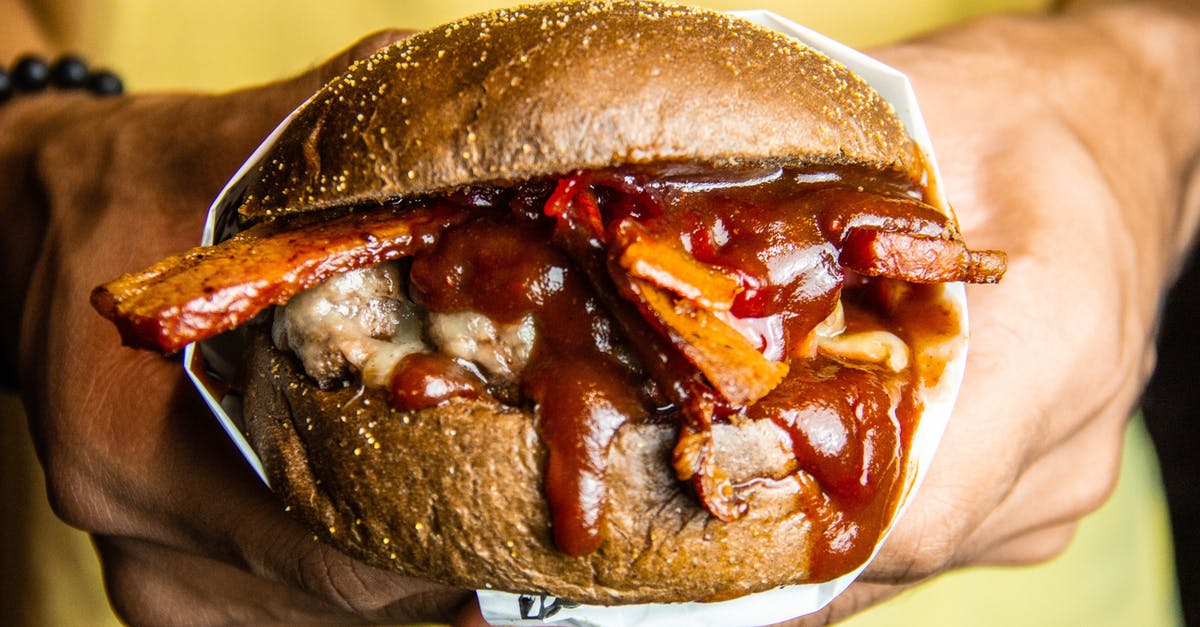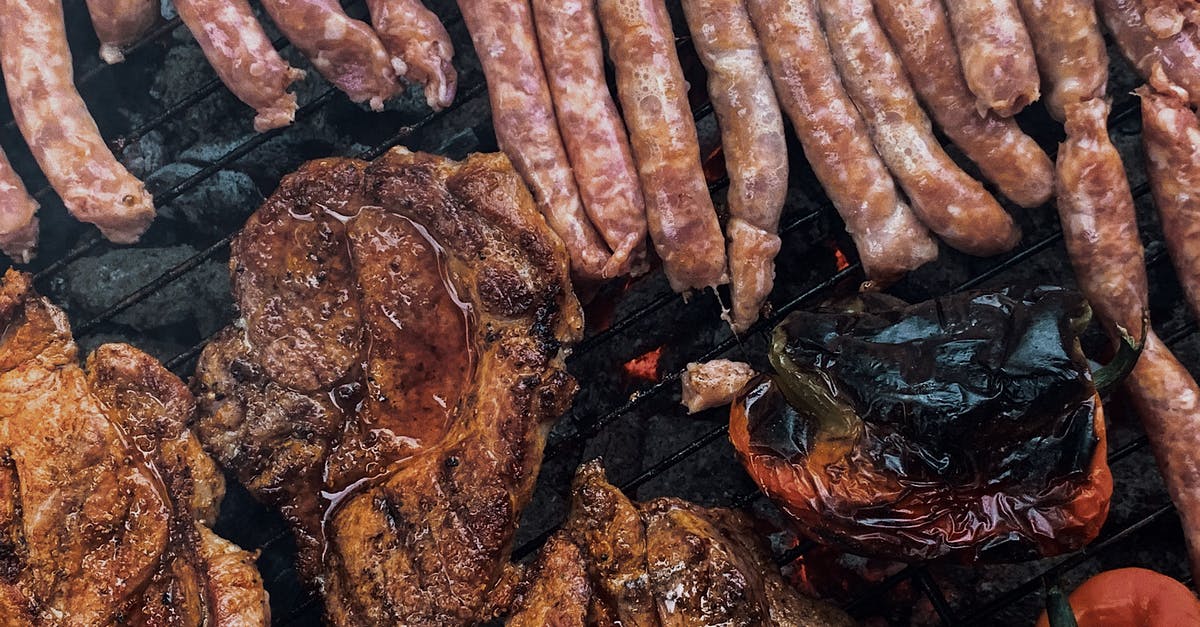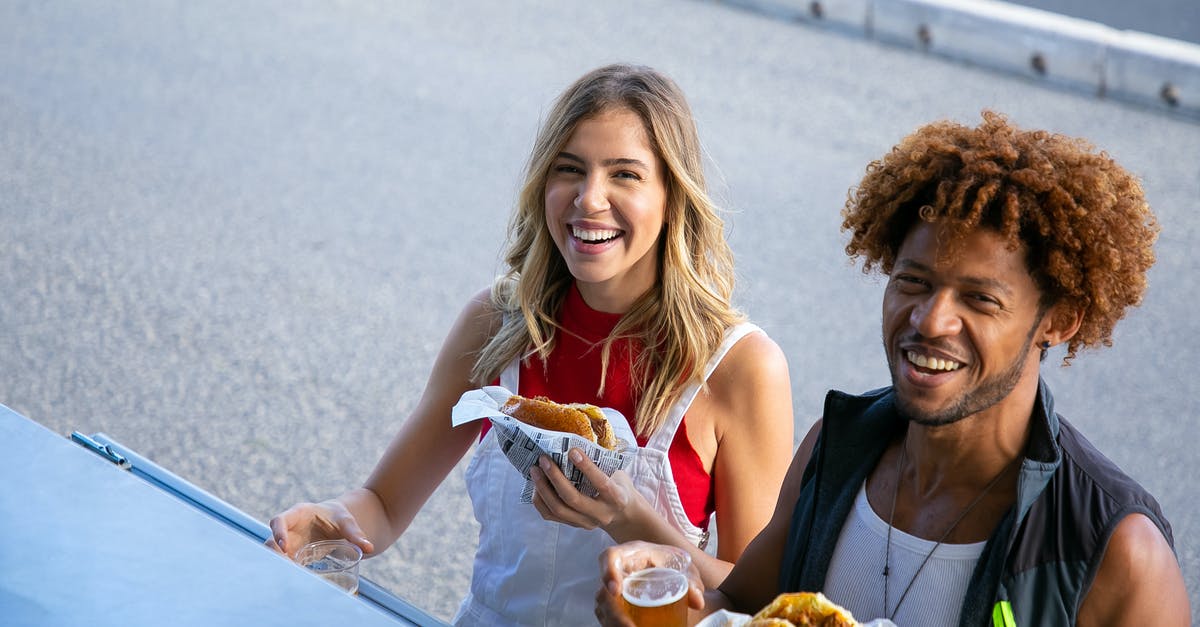Why did my roast beef turn out chewy and not tender? Where did I go wrong?

I recently made an Oven Round Roast in the oven and I followed directions quite well. I would really like to know where I went wrong.
The roast was 1.4kg and relatively round in shape, it was also quite nicely marbled with a big strip of fat on one side.
Out from the freezer and into the fridge overnight (to give it some time to cool down) and then left it out in room temperature for a couple of hours. Took out of package and put on a rub.
I put the oven on 450 F and put the roast in (fat side up) for 10 minutes for the maillard reaction. Note that when I did this, I put it directly on the oven rack; I put a tray underneath to catch the drippings, but it was uncovered.
Turned oven down to 225 for 2 hours and then 200 for 5 hours.
Cut the roast into half inch slices and served.
The color was a nice pink on the inside and dark on the outside. It was still juicy and the taste was great. The roast's outside is absolutely delicious in fact, the rub turned out so well and the fat was amazingly tasty.
However, the roast was so chewy, I am very disappointed. I did a lot of research before I cooked it and found that slow cooking is a good way to tenderize meat. I also found out that certain cuts of meat need to be cooked differently. I.e. Steak should be hot and fast, and roast cuts should be long and slow (after searing it of course... yum yum yum).
In this post, 'Marti' answered by quoting a TV chef saying that when beef is being cooked it's collagen breaks down and liquifies and when it cools it turns to gelatine. Could that be what happened to my beef roast? If so, how can I avoid that?
In this post, 'Gilead' suggested a few solutions, beating the meat, cutting it against the grain, and choosing the right cooking method. Well, did I do the right cooking method? And do the other ones apply to a roast? I mean if you cut it up, it's basically cheap beef steak and I've never tried mechanically tenderizing the meat.
I really appreciate any help; I'm quite distraught over this chewy beef roast.
Best Answer
The only mistake you made was the choice of cut, and maybe the quality of the beef itself. Round (in the UK/AU/NZ topside and silverside) is from the rear end of the animal, and is a working cut. Working cuts have to exert a force, so the muscle must have lots of collagen to distribute the force from the tendon throughout the muscle. Collagen is a tough material which breaks down in the presence of heat and moisture, not just heat, so working cuts make poor roasts or steaks and are better braised or stewed.
The upside to working cuts is that they have a stronger flavor, and the collagen when broken down by moisture turns to gelatin which adds to the flavor and mouth feel. A well-prepared braised piece of beef is as good as a roast any day in my opinion. It's also better value, round and other working cuts are much cheaper than tender cuts.
Your technique as described is perfect, and if you'd chosen a rib, short loin, or sirloin roast (US cuts) it would have come out beautifully. Where you erred was at the store when you chose a working cut for roasting.
Now some people on the forum are probably preparing a rebuttal at this point saying "you can roast round and have it be tender", and they'd be right up to a point. The best quality beef is reared and slaughtered better, so if you bought US Prime round it has a good chance of coming out relatively tender, however it's hard to find. My assessment would be for what you'd find in the average store in the US, which is Choice grade. Choice encompasses something like 75% of beef produced, so has a huge range of quality.
You can tell a lot about meat by touching it. Stick your fingers in it, if they go in easy and the meat springs back then you have a tender cut, if you can't get your fingers in it it's a braising cut. If you stick your fingers in and the meat doesn't spring back its old, so don't buy it.
Pictures about "Why did my roast beef turn out chewy and not tender? Where did I go wrong?"



Why is my roast tough and chewy?
Undercooked pot roast will be tough and chewy. Test your roast with a fork before you remove it from the pot. If it is done, the fork will go in easily and you'll be able to twist off a forkful of meat. It if is still firm, return the roast to the pot and continue cooking for another hour.Why was my roast beef tough?
The toughest cuts have a lot of connective tissue and come from a heavily exercised muscle. (Exercise increases the amount of connective tissue within the muscles, making them tougher.) The tenderest cuts are those that have very little connective tissue and come from a little-used muscle.How do I make my roast tender after cooking?
How to Do It. To recook a tough cut of beef to tenderize it, place the meat in a slow cooker or a heavy lidded pot. Add 2 to 3 cups of liquid -- enough to cover it halfway, but not submerge it. Place the lid on the slow cooker or pot and gently simmer the meat until it's fork tender.Why is my beef so chewy?
Overcooking can make your meat dry but undercooked meat can be quite chewy. Don't be afraid of an instant-read meat thermometer and pull your meat when it's ready. For naturally tender cuts like beef tenderloin, that can be as rare as 125\xbaF, whereas tougher cuts like brisket should be cooked to 195\xbaF.Tips \u0026 Tricks For a Juicy Roast Beef | Kitchen Conundrums
Sources: Stack Exchange - This article follows the attribution requirements of Stack Exchange and is licensed under CC BY-SA 3.0.
Images: Pixabay, Horizon Content, Dids, Katerina Holmes
